Openness, Passion and Company Culture
David Ajala, Managing Director, Super Cheap Auto
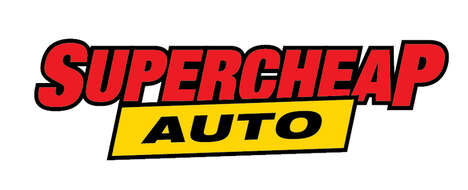 David Ajala has been with Super Cheap Auto for around nine years, serving as the current managing director of the company's commercial division. Super Cheap Auto has about six different brands in the areas of sporting, leisure and automotive retail. David oversees the automotive retailer side of things, which includes everything from strategy, to delivery, to profit, to loss within the company.
David Ajala has been with Super Cheap Auto for around nine years, serving as the current managing director of the company's commercial division. Super Cheap Auto has about six different brands in the areas of sporting, leisure and automotive retail. David oversees the automotive retailer side of things, which includes everything from strategy, to delivery, to profit, to loss within the company.Three questions with David:
How does your team generate new ideas?
This is a broad question, but I'll break it down. It starts with the company and culture of the company. We try to build the business by starting with the success of our team; the team is at the heart of our business. We don't use the word staff, rather, it's about the word team. We try to infuse it with solutions for the customer -- thinking about solutions for the customer and giving them the proper options. We then build that supportive environment around teams and options, and that helps the team think of innovative solutions for the customer.
It also stems from our values: openness and passion. Openness is about making sure everyone can talk and be honest and open to one another. We have a process in our business where anyone can go online and speak to the MD or the CEO on a daily basis. Anyone can put questions and ideas for the senior management team to review, and we must respond within a certain time frame.
Another piece we have is that mistakes aren't vilified, and we try to recognize that people make mistakes. We are recognizing those with ideas that have failed; it's OK if it doesn't work. We reward people for their ideas. We have challenges and competitions that we run, and if people come up with ideas, we reward them and praise them for it.
Another level is in stretching peoples minds. We challenge our team to stretch themselves, and we put them into situations where they are uncomfortable. They then react and work their way through it, and that's how we better ourselves.
The last piece is our strategic planning cycle. Ideas come from the bottom-up rather than the top-down. The leadership team sets the vision for the business and the goals, and we challenge the team from the bottom-up to come up with the ideas, solutions and innovative approaches to actually deliver the vision and the goals.
What is the biggest challenge you face when innovating?
There are two sides to these challenges -- one is the human size, and the other is the innovative side. On the human side, the biggest challenge is leaders trying to develop innovation solutions. Most people have an idea and want to implement it straight away. They'll make a decision quickly which might be a wrong decision. The challenge is organizing the creative minds who will help lay down many options and slowly filter to blend out the solution. Taking consideration of other input is very important.
From the innovative side of things, we don't consider innovation as being the first to do something, but the first to cost-effectively commercialize something and do it in a way that ends up with the right result for our business and our customers. It takes a high level of risk-taking and constant adjustment to commercialize something.
Looking to the future, how is Super Cheap Auto going to be a leader in innovation?
Starting with the customer in mind and the mandate for finding suitable solutions. Asserting the environment for people to keep coming up with new ideas for the business. Some of the things we are doing are unique to our business and possibly a world's-first. For instance, we are rolling out a service that allows you to drive your vehicle with a problem to a diagnostic area where we can assess the vehicle and show you how to fix it yourself. This is just one thing we're doing right now, which blends both the technological and automotive realms into our business.
References: supercheapauto.au
Featured Articles
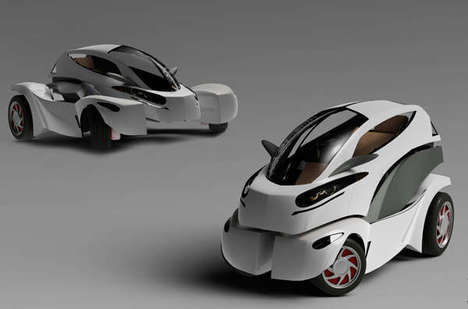
Morphing Auto
Shape-shifting vehicles cater to the idea of constant change
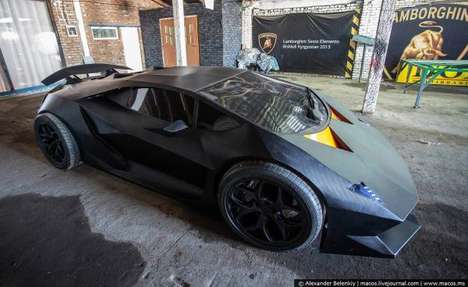
Unexpected Homemade
Expanding beyond simple DIYs, consumers are making unexpected items themselves
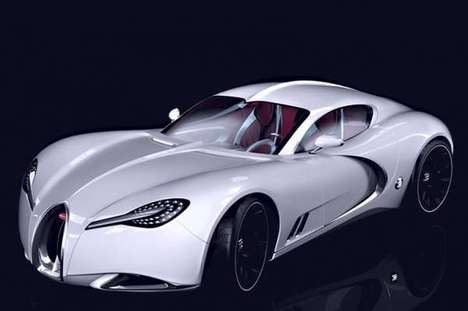
Galactic Auto
Futuristic automobiles demonstrate a consumer need for imaginative concepts
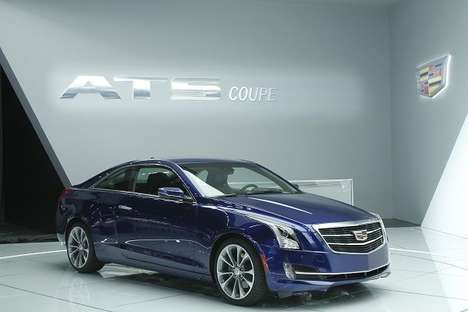
Connected Drive
Targeting millennial drivers, auto manufacturers boast built-in WiFi

Ornate Auto
Fluorescent automobiles provide consumers with a bold source of expression

Feminizing Auto
The transportation industry is actively extending its target audience
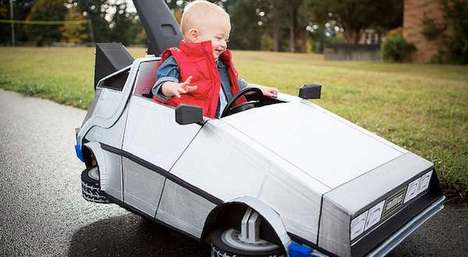
Infant Auto
The child desire to grow up faster is fueled by autos for infants